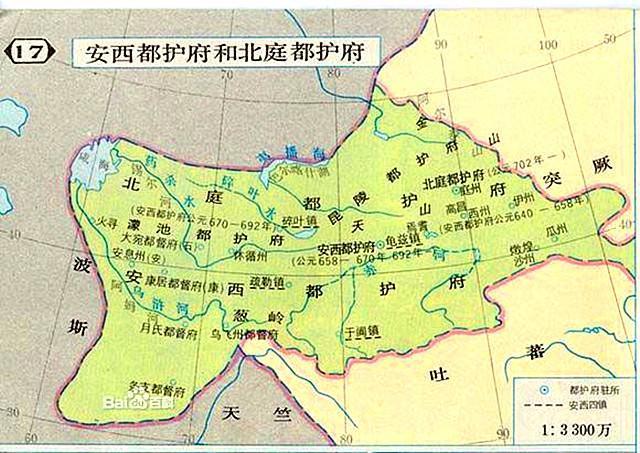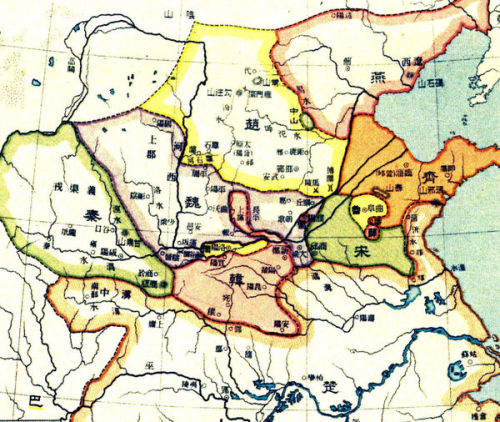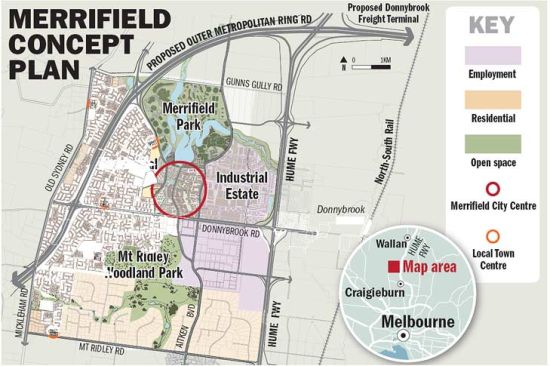Consolidating Northern Borders and Developing Western Regions
5 min readThe Qin and Han dynasties saw the rise of nomad Huns living in northern Mongolian Plateau. The oases west of Yumen Pass and Yangguan Pass, including present-day Xinjiang, Central Asia and even further areas, were called Western Regions, where “36 kingdoms”including Wusun and Cheshi were created. The Western Regions were conquered by the Huns in the early Han Dynasty. Hun and the Qin and Han dynasties were confronted with each other along the natural agricultural boundary respectively in the North and South. The relationship between both parties had a direct effect on the stability and development of the river bends, the Western Regions and even the unified multiethnic country.
In BC215,General Meng Tian,dispatched by Emperor Shihuang of the Qin Dynasty,led a troop of 300,000 to attack the Huns,regaining the previously-occupied river bends and establishing counties there.To defend intrusion from the Huns,Qin kept and cemented the old walls along the northern borders built by the former states of Yan,Zhao and Qin.The effort resulted in the initial formation of the world-famousGreat Wall that extends from Lintao,Gansu in the west and ends in Liaodong in the east.Twelve prefectures were set up along the walls and a vast number of people immigrated there to consolidate the border areas.That laid a foundation for stabilizing the northern borders and developing the Western Regions. The early Han Dynasty saw a depressed economy and failures in its defending wars against the Huns. Even peace-making marriages and bribery couldn’t stop the Hunsfrom a large-scale intrusion. Relying on stronger national strength, Emperor Wudi waged two great battles successively in places south and north of the Yellow Rivel driving the Huns out of South Desert. He further sent Wei Qing and Huo Qubing to chase the Huns in the North Desert. Meanwhile,a vigorous effort was made to build the walls along the areas west of the Yellow River, with beacon towers at short intervals extending west to the Lop Nur in Xinjiang.

Before long, the Huns broke up into several parts. Huhanxie, Khan of Hun led his troops to submit to the Han Dynasty and agreed “the Han Dynasty and Hun are in one family and no cheating or attacking is allowed.”Emperor Yuandi of the Han Dynasty accepted the request of the Huns for a peace-making marriage and married Wang Zhaojun,a court lady, to Huhanxie as a princess. That resulted in decades of peace and stability in northern border areas. Consolidating borders with walls, reclaiming land, developing traffic accompanied the peace-making marriages between the Han Dynasty and the Huns and the bilateral trade. That not only facilitated the social and economic development in the central plains, but also helped spread advanced culture and tap the border areas, and paved way for the rise of the frontiers. Livestock in the early Han Dynasty were few, and officials had to take oxcarts to travel around. While under the regime of Emperor Wudi, the areas south of the Great Wall saw “widespread horses and cattle in fields.”Lots of livestock were applied to farming and transportation, greatly enhancing the social productivity in the central plains. In the meantime, the Huns traded horses and cattle with inland merchants, getting large quantities of daily necessities and pushing forward the development of a livestock economy. Numerous unearthed cultural relics serve as proof that the iron plows, currencies, weighing and measuring instruments used insuch areas as Gansu, Ordos of Inner Mongolia and Liaoyang of Northeast China had little difference with those adopted in inland areas.

The Hans’ exploitation of the Western Regions was best reflected in the development of the Silk Road that started from Chang’ an, through Hexi Corridor, present-day Xinjiang, to Central Asia and West Asia and finally to Europe. Along th land route that spanned across Asian and European continents, techniques concerning iron-casting, well-digging, iron-plowing and ox-led farming, silkworm-raising and silk-reeling as well as large quantities of metal tools and silk fabrics were transported from the east to west, speeding up the social progress of the western areas. In return, Akhal-Teke, camels, fur goods, grapes, megranates, benne, walnuts and other products of the Western Regions, as well as the wonderful alien music anddances, were introduced into inland areas, offering fresh impetus to the traditional Chinese culture. The trade road also connected the Han Dynasty with countries of ancient civilization like Kushan, Arsacid and Rome. In BC 1st century, the Romanemperor Caesar was once dressed in a “coat of Heaven”made of Chinese silk, and the Europeans called the Han Dynasty “Seres,”which meant “the country of silk. Plinius,a Roman natural historian, mentioned in his book Natural History that “despite the variety of iron, none could be paralleled with the iron from China (the Han Dynasty).”Furthermore, Buddhism of ancient India, magic of Rome and some alien sculpturing and painting art were also introduced from the west to east. The opening of the Asia-Europe passageway, called “Silk Road”by later generations, tightly connected the Western Regions with the central plains and imposed a far- reaching influence on the cultural exchanges between the east and west and the development of human civilization.

The territory under Emperor Wudi was twice as large as that of the Qin Dynasty. The population reached 60 million at the peak of his rule. The establishment of such a vast and populous empire required mature political and economic systems and operation mechanisms, efficient management, harmonious relationships between thecentral and local governments and among ethnic groups, and a concentrated power based on consistent cultural concepts and value orientation. Although territories changed, dynasties were replaced and regime divisions and mergers were constantoccurrences, the grand trend of unity was never reversed. An important factor in ancient China was overcoming its divided status to create a unique continuous civilization.
At the end of the Western Han Dynasty, Wang Mang,a relative of the emperor on the side of his wife, seized power and crowned himself in 9 AD, starting the XinDynasty to replace the Western Han. But,14 years later, uprising peasants called Lulin and Chimei captured Chang’ an and exterminated Xin. In 25 AD, Liu Xiu resumedthe Han Dynasty in Luoyang, known as the Eastern Han Dynasty. Liu Xiu released the servants and maids and reduced taxation. Thus, the society and economy recovered andeveloped. The power of local despots that he relied on also expanded accordingly. At the end of the Eastern Han Dynasty, the court was controlled by eunuchs and therelatives of the emperor on his wife’s side. The struggle and strife led to social turbulence. Under the onslaught of the Huangjin Peasant Uprising, imperial power declined and passed into the hands of scattered warlords. In 220 AD, Cao Pi dethroned Emperor Xiandi of the Han Dynasty and established the Wei Dynasty in Luoyang, indicating the end of the Eastern Han.








